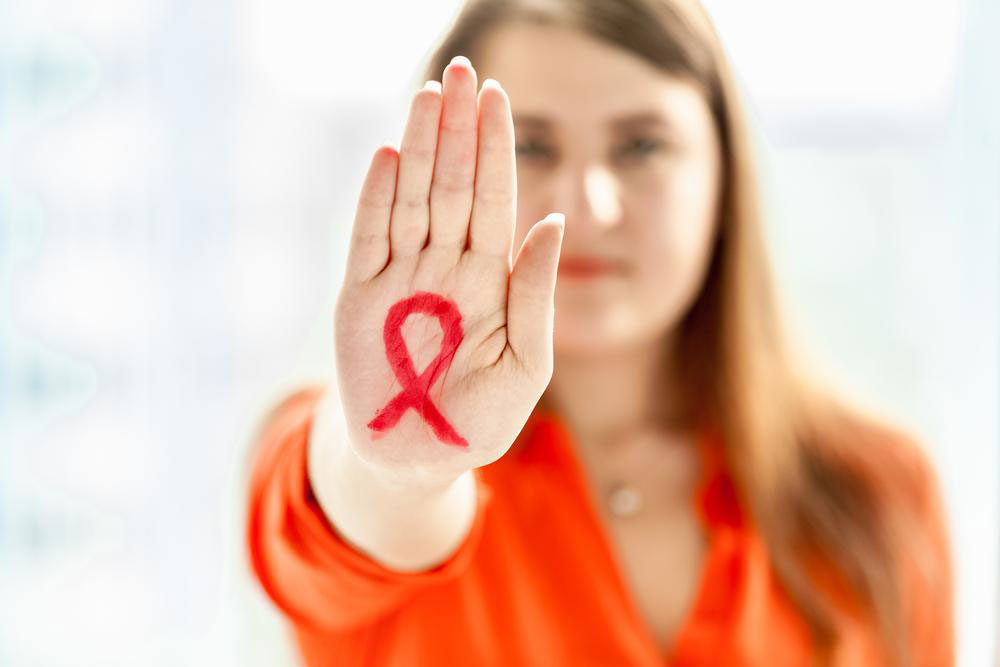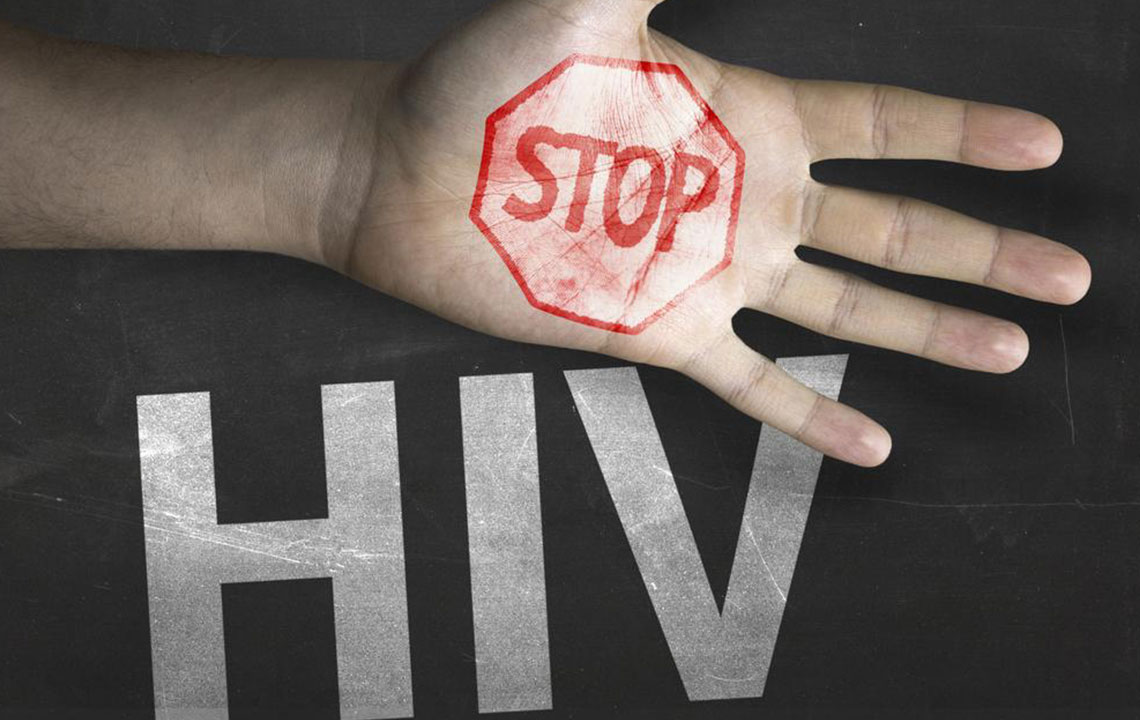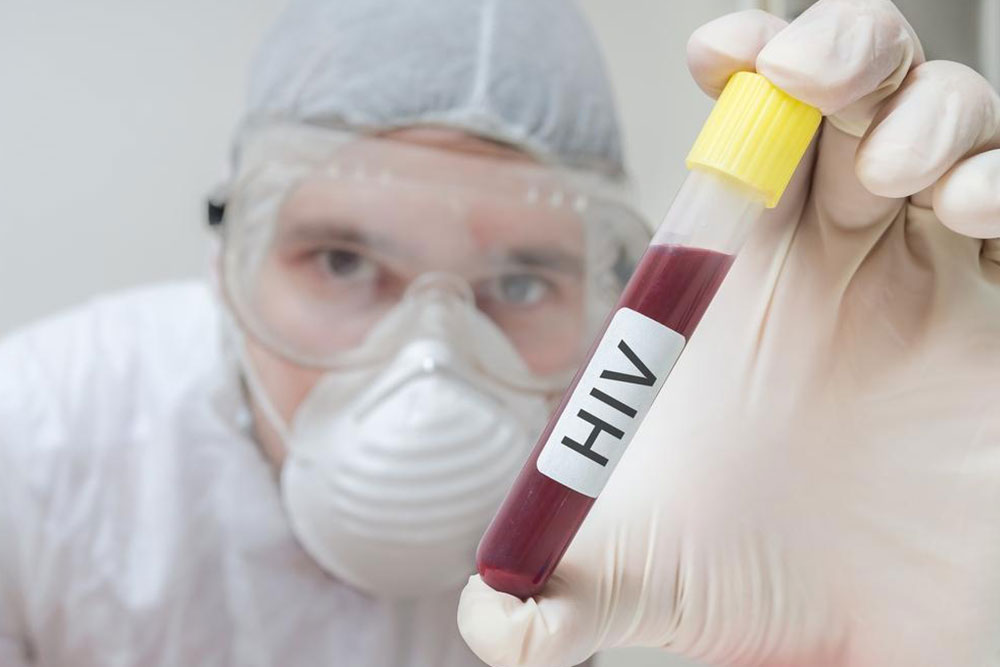Comprehensive Guide to Preventing HIV Transmission: Essential Strategies for Protection
This comprehensive guide provides detailed insights into HIV transmission and effective prevention strategies. Learn about key facts, safe practices, and medical options such as PrEP and PEP. The article emphasizes the importance of regular testing, safe behaviors, and community engagement to reduce HIV spread worldwide. By understanding how HIV transmits and adopting recommended preventive measures, individuals can play a vital role in controlling the epidemic and protecting their health and that of others.

Comprehensive Guide to Preventing HIV Transmission: Essential Strategies for Protection
Understanding how HIV spreads and implementing effective prevention strategies are vital components in reducing new infection rates worldwide. As scientific research progresses, our knowledge about HIV, its transmission routes, and the measures necessary to prevent infection continues to expand, empowering individuals and communities to take proactive steps towards health and safety. This comprehensive guide aims to provide detailed insights into the various methods of HIV transmission, debunk common myths, and outline practical prevention strategies that are backed by medical science.
HIV, or Human Immunodeficiency Virus, is a pathogen that targets and weakens the immune system, specifically attacking CD4 cells (T cells), which are crucial for fighting infections. If left untreated, HIV can lead to AIDS, a condition characterized by severe immune deficiency, making the body vulnerable to opportunistic infections and certain cancers. The key to controlling the spread of HIV lies in understanding its transmission mechanisms and adopting preventive behaviors.
Key Facts About HIV Transmission
HIV is transmitted through specific body fluids from an infected individual, namely blood, semen, pre-seminal fluid, vaginal fluids, and rectal fluids.
Casual contact, such as hugging, kissing, sharing utensils, or using the same toilet, does not transmit HIV—there's no risk of infection through everyday social interactions.
HIV cannot be spread through air, water, or insect bites, dispelling common misconceptions about transmission.
Blood-to-blood contact, especially through sharing needles or syringes, is a significant transmission route, particularly among intravenous drug users.
Mother-to-child transmission can occur during pregnancy, childbirth, or breastfeeding but can be greatly minimized with proper medical interventions.
Preventive Measures to Reduce HIV Risk
Adopting comprehensive prevention strategies is crucial in safeguarding oneself and others from HIV infection. The following measures are supported by health authorities worldwide:
Use Sterile Needs and Equipment: Avoid sharing needles when injecting drugs, and always use sterile, single-use sharps for body piercings or tattoos to prevent bloodborne transmission.
Consistent and Correct Condom Use: Consistently using condoms during all types of sexual activity—oral, vaginal, or anal—substantially reduces the risk of HIV transmission. Proper application and consistent use are key to effectiveness, especially when engaging with multiple partners.
Limit Sexual Partners and Regular Testing: Reducing the number of sexual partners lowers exposure risk. It is also essential that both partners undergo regular STD testing, as co-infections can increase the likelihood of HIV transmission. Open communication about HIV status and safe sex practices enhances protection.
Pre-Exposure Prophylaxis (PrEP): For individuals at high risk of HIV infection, taking PrEP medications as prescribed can significantly decrease the chance of contracting the virus. Consulting healthcare providers about eligibility and proper usage is vital.
Post-Exposure Prophylaxis (PEP): If exposed to HIV through a potential high-risk event, starting PEP treatment within 72 hours can prevent the virus from establishing infection. PEP involves a 28-day course of antiretroviral drugs and should be initiated promptly under medical supervision.
Mother-to-Child Transmission Prevention: Pregnant women living with HIV should receive appropriate antiretroviral therapy (ART) during pregnancy, labor, and delivery. Post-birth, the newborn may also receive medication for 4-6 weeks to prevent transmission.
Regular Medical Check-Ups and ART: Individuals infected with HIV should adhere to prescribed antiretroviral therapy. Consistent ART helps control the virus, improves quality of life, and reduces the risk of transmitting HIV to others.
Myth Busting and Social Awareness
Combatting stigma and misinformation surrounding HIV is essential for effective prevention. Common myths, such as HIV spreading through casual contact or by mosquitoes, are false and hinder public health efforts. Education campaigns can dispel misconceptions and encourage testing, safe behaviors, and support for affected individuals.
Special Considerations for High-Risk Groups
Some populations, such as intravenous drug users, sex workers, and men who have sex with men (MSM), face higher risks of exposure. Tailored prevention programs, community outreach, and access to healthcare resources are critical for these groups. Ensuring availability of testing, counseling, and PrEP can drastically reduce transmission rates within vulnerable communities.
Importance of Regular Testing and Early Detection
Routine HIV testing is a cornerstone of prevention. Early detection allows for prompt initiation of treatment, which preserves immune function and reduces transmission risk. Testing options include rapid tests, home testing kits, and laboratory screening. Advocating for accessible testing services helps reach diverse populations and encourages early intervention.
The Role of Education and Community Engagement
Educational programs in schools, workplaces, and community centers promote awareness and empower individuals to make informed choices. Community-led initiatives foster supportive environments where open discussion about HIV prevention becomes normalized, reducing stigma and encouraging testing and safe practices.
Conclusion: Taking Responsibility and Staying Informed
The fight against HIV/AIDS requires collective efforts, informed decision-making, and personal responsibility. By understanding transmission routes, practicing safe sex, avoiding sharing needles, and engaging with healthcare services, individuals can significantly reduce their risk. Healthcare providers continue to innovate with new prevention methods and treatments, offering hope for a future where HIV transmission is minimized. Staying updated with the latest information and adhering to recommended prevention measures is the best way to protect yourself and your community from HIV infection.





